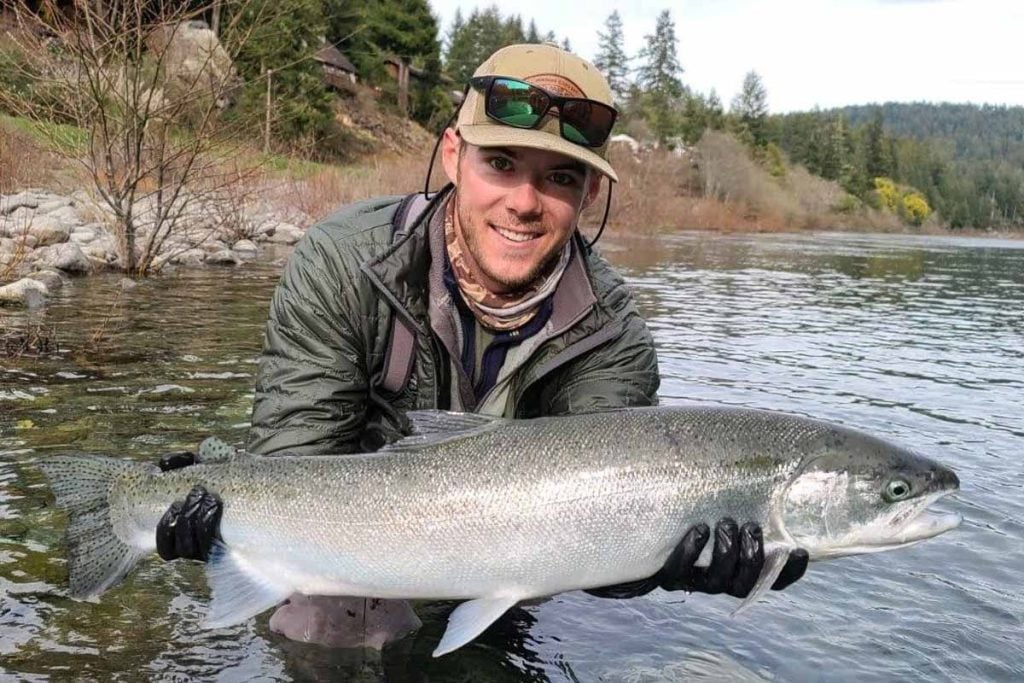A year after the four lower Klamath dams came down, the river feels new. Current bites through fresh gravel, side channels breathe again, and salmon push into reaches closed for a century. Monitoring by Tribes, agencies, and nonprofits shows cleaner water, cooler temperatures, and fast habitat repair. The change reads in numbers and on faces along the banks. Fish runs, water quality, and wildlife have all moved in the right direction—quicker than many believed possible.
A free-flowing Klamath resets the ecosystem
Dam removal restored natural flow through a vast watershed and reopened more than 400 miles of habitat. Tribes, state biologists, and NGOs formed a unified science effort that spans redd counts, SONAR, spawner surveys, and temperature and oxygen tracking. Collaboration keeps the work credible, and it helps managers tune actions that favor Fish and the river’s food web.
The response looked immediate. Observers from the Yurok and Karuk saw stronger current and clearer water as impounded algae washed out. Crews recorded a steep drop in suspended algae and a sharp rise in visibility. People on the banks said the river “felt different,” and their experience matched the datasets logged since winter drawdown began.
The project is also cultural repair. The Shasta Indian Nation watched water reclaim canyons where reservoirs drowned villages. As the first flows hit long-dry stones, the sound signaled healing. That feeling—joined to evidence—anchors public support and keeps attention on long-term stewardship, not just construction milestones.
Fish returns signal a rapid salmon comeback
Numbers tell the story. In early October 2024, as crews finalized deconstruction, monitoring confirmed more than 7,700 Chinook above the former Iron Gate site. The same season, salmon moved past Link River Dam into Upper Klamath Lake. These early returns show how quickly corridors reconnect when barriers drop, which matters to fish at every life stage.
Field teams also noticed timing shifts. Fall-run Chinook entered earlier, traveled farther, and arrived in stout condition—“footballs,” as fishermen joked. Earlier entry reduces stress because migration now overlaps with cooler water and better oxygen. More reach opened means more gravel for redds, so spawners can spread out, lowering disease risk and competition.
The gains ride on careful planning. Crews scheduled reservoir drawdown for winter to blunt impacts, while geomorphic releases pushed sediment pulses through. Scientists watched turbidity spikes when the last cofferdam went, yet recovery came fast. Crucially, there was no large die-off, and dissolved oxygen rarely dipped below California’s standard.
Water quality rebounds in temperature, oxygen, and clarity
Reservoirs once stored heat, so late-summer water stayed warm during migration and spring water stayed cold during out-migration. Without those heat batteries, temperatures track a natural curve. Because conditions cooled, pathogens waned, and juvenile survival prospects improved, which favors fish resilience throughout the basin.
Oxygen told the same story. Drawdown produced short sags during sediment release, but sensors showed a swift rebound. According to tribal datasets, the salmonid stress threshold was met 97% of the time in 2024. That stability supports stamina, reduces straying, and lowers mortal stress while adults hold in pools or push across riffles.
The algae signal flipped as well. Long-running Karuk monitoring found that, below the former dams, 58% of samples once exceeded public health limits for microcystin. Post-removal, 100% of samples tested within safe limits for people and wildlife. As toxin risk crashed, beaches reopened and nets came out, and communities felt the difference.
Fish health aligns with tribal culture and riverside livelihoods
For Yurok gillnet crews, clearer, cooler water is more than a metric. It secures food systems that have fed families “since time immemorial,” and it restores dignity to work tied to the river’s pulse. Because algae declined and temperatures dropped, nets meet stronger Fish, and processing camps run cleaner.
Landscape change carries memory. The Shasta Indian Nation called the reservoirs stark when they drained—bare banks after 100 years underwater. Hope rose when rushing water cracked dry rock, a sound elders read as welcome. That moment joined science and story, which strengthens stewardship across generations.
Communities feel safer, too. With toxins down and oxygen stable, recreation expanded and local businesses benefited. Outfitters booked longer seasons. Volunteers joined survey crews. People who once avoided blooms now return with kids and boats, and this social energy feeds the collaborative science that underpins continued recovery.
Challenges ahead for spring-run, funding, and long-term science
Not every trend is solved. Wild spring-run Chinook fell to a few hundred in the Klamath after a century of blockage. Nearby, the Salmon River holds a viable population, and the Trinity carries hatchery fish. Restoring diverse timing and genetics takes patience, habitat access, and strong safeguards for staging pools used by fish that move in spring.
Stable funding is also essential. Recent federal cuts, including the halt to California Trout’s U.S. fish and Wildlife Service grant, set back monitoring on the world’s biggest river-restoration project. Partners are fundraising to fill gaps, because consistent data—not anecdotes—show what works and where to adjust.
The first year proves direction, not completion. Crews must keep tracking temperature, turbidity, oxygen, redd success, and juvenile out-migration. They must also map gravel recruitment, bank stabilization, and floodplain reconnection. With over 400 miles reopened, adaptive management can scale, and lessons here will guide future large-dam removals nationwide.
What one fast year reveals about a river’s future and our shared responsibility
The Klamath’s first dam-free year shows how quickly living systems respond when barriers fall. Salmon found old paths, water cooled, and toxins receded. Tribes and scientists will keep the long watch, because persistence, not luck, secures gains. With steady monitoring and reliable funding, the basin can hold this momentum, and fish runs can continue to grow.
